The terms “modern” and “contemporary” are easily confused to a less trained eye and mind.
A claim that holds on different levels, from interior design to fashion, from artistic trends (painting and sculpture) to the artisan professions and from the choice of the same materials to architecture of course.
The question is “are they different”? The answer is “yes”, by drawing subtle “character” differences that in any case fall outside history and the methods for which there are traits and marked differences between the two styles.
The risk of confusion between the two terms/styles does not occur solely out of ignorance or lack of study: there is also a historical reason. Because that which was contemporary 30-40 years ago has now become modern.
“Panta rei” (everything flows) citing the aphorism that explains the philosophy of Heraclitus of Ephesus: that which is contemporary will no longer be so in the short term.
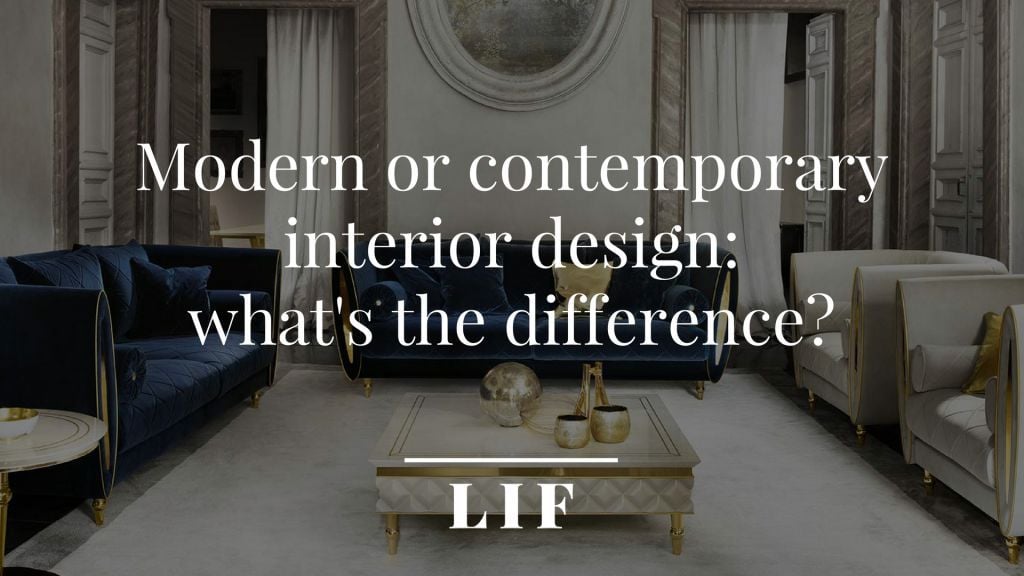
Who knows what will be considered contemporary interior design in twenty years...
Contemporary style: now
Contemporary style and architecture, as is clearly the contemporary interior design (that which we are most interested in), is by definition that created in the present: also taking inspiration from other stylistic features, to bring about a new language.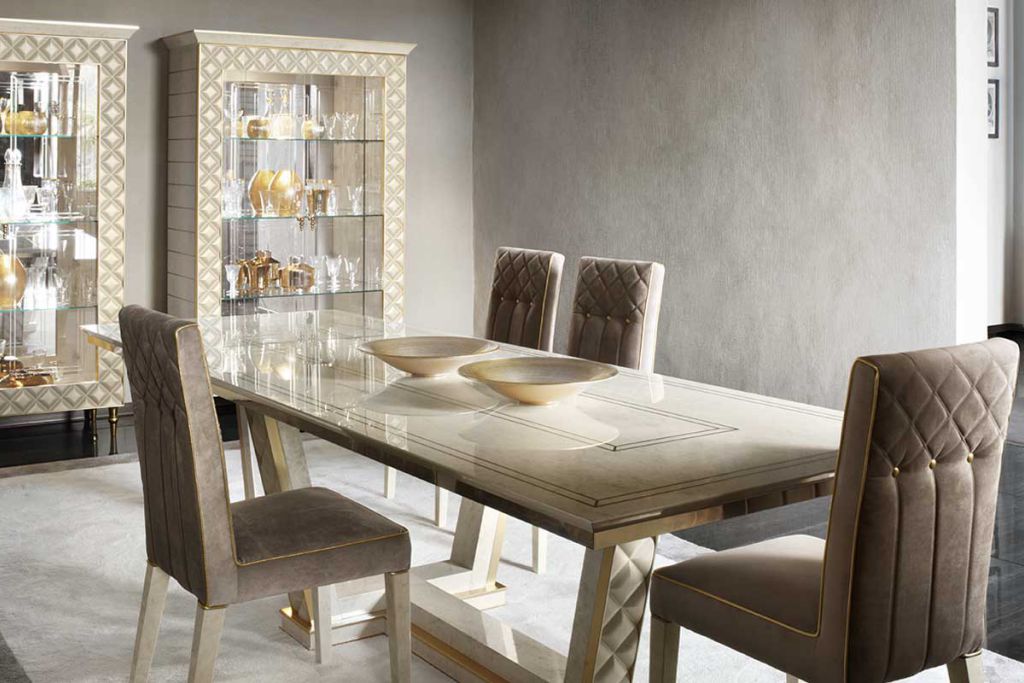
Therefore, it does not refer to a period, but produces an innovation that mixes the distinctive features of other styles (such as modern, classic, vintage or country) in an original structure.
Contemporary interior design is therefore a typically eclectic style that can offer a new point of view.
Design solutions with large windows, designed to harmonize with the outside space, clean lines and minimalistic furniture, wide usage of objects and furniture made from natural materials and space that focuses on comfort and sustainability all belong to this design solution style.
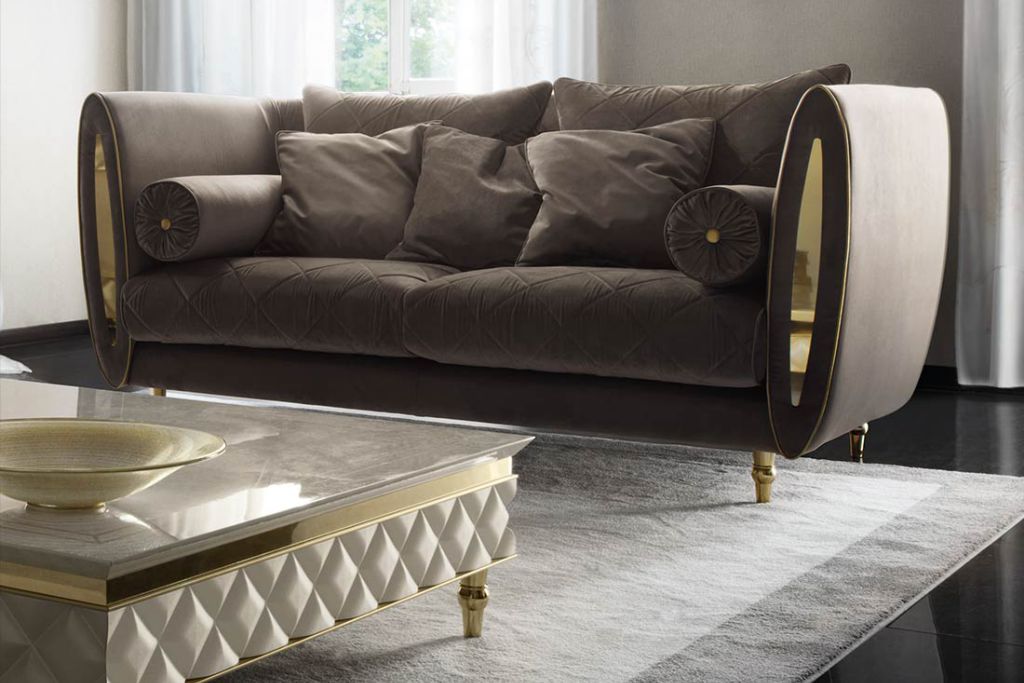
The birth of the modern style: a break with tradition
The design of modern interiors as it is now intended refers to a style that was created in the first half of the 1900s (between the '20s and the '50s), even if the definition has now been extended to the entire century.
In fact, this period saw the flourishing of Scandinavian and German design schools, bringing to the forefront numerous distinctive solutions that broke with tradition and style that pre-dated that historical moment.
The focus was directed to formal simplicity and functionality, clean lines, the use of natural materials and plastics and moderation in the application of colour.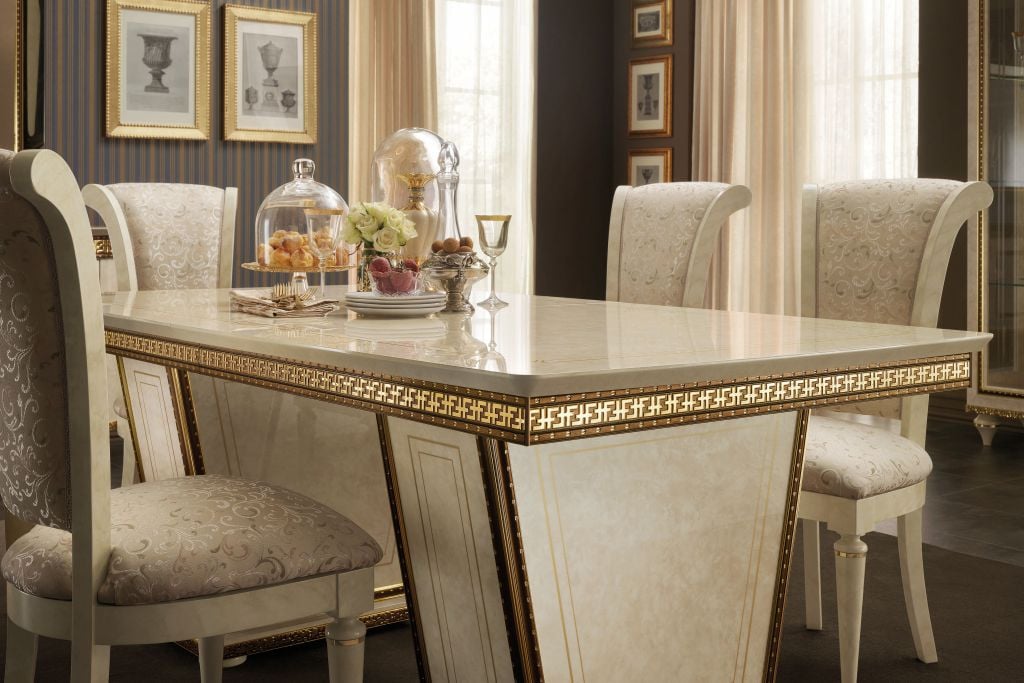
What are the differences between modern and contemporary interior design?
After having provided a broad overview of the features of the two interior design style, let's now consider the differences that distinguish each.
Not only at an obvious time level, but also and above all in terms of the aesthetic idea that they can bring to our homes:
- contemporary is more fluid and changeable;
- modern is more easily distinguished and balanced.
Here is a series of “juxtapositions” between the two design types.
1. Modern and contemporary architecture
We could define it as a macro-difference in that it defines an ample space that is inclusive of other elements in which the two styles differ one from the other.
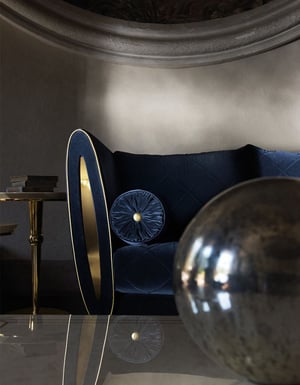 In modern interior design, this is translated into solutions such as windows positioned in odd spaces, such as in corners, and in willfully asymmetrical choices, flat roofs and mainly white walls (the palette generally consists of neutral colours).
In modern interior design, this is translated into solutions such as windows positioned in odd spaces, such as in corners, and in willfully asymmetrical choices, flat roofs and mainly white walls (the palette generally consists of neutral colours).
On the other hand, contemporary as it is currently intended, uses walls that are painted in different ways (even from one extreme to the other) depending on the rooms, with exposed beams and cavities. The space is often bare and minimalist.
2. Lines and shapes
The idea of a linear and clear design is common to the two styles, although this aspect is expressed in a different manner.
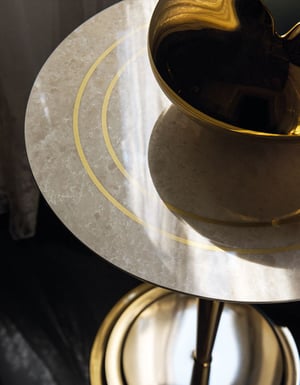 Modern design, in a breakaway from the classic or vintage approach, creates simple and relatively unadorned space tending towards the minimalist look that offer the eye and mind a feeling of freshness and familiarity.
Modern design, in a breakaway from the classic or vintage approach, creates simple and relatively unadorned space tending towards the minimalist look that offer the eye and mind a feeling of freshness and familiarity.
The clean line of the design of contemporary interiors is expressed with greater focus on curved lines and more fascinating rather than square forms. Conceptually it remains a simple design, even if it tends to stand out in a more original and updated manner with innovative and more personalised solutions.
3. How does the choice of materials and so the furnishing change
In modern interiors, we tend to find a good mix of furnishing created with natural materials such as wood, leather, stone and even linen, as well as furniture and accessories in plastic and metal. A solution that can confer colour and is also reminiscent of the industrial period.
On the other hand, contemporary design makes greater use of natural materials, with different choices made: for example, cedar wood is favoured over the teak of modern design. In certain cases, the finishes or accessories are in steel, with an apparent superimposition that in reality conveys an elegant look.
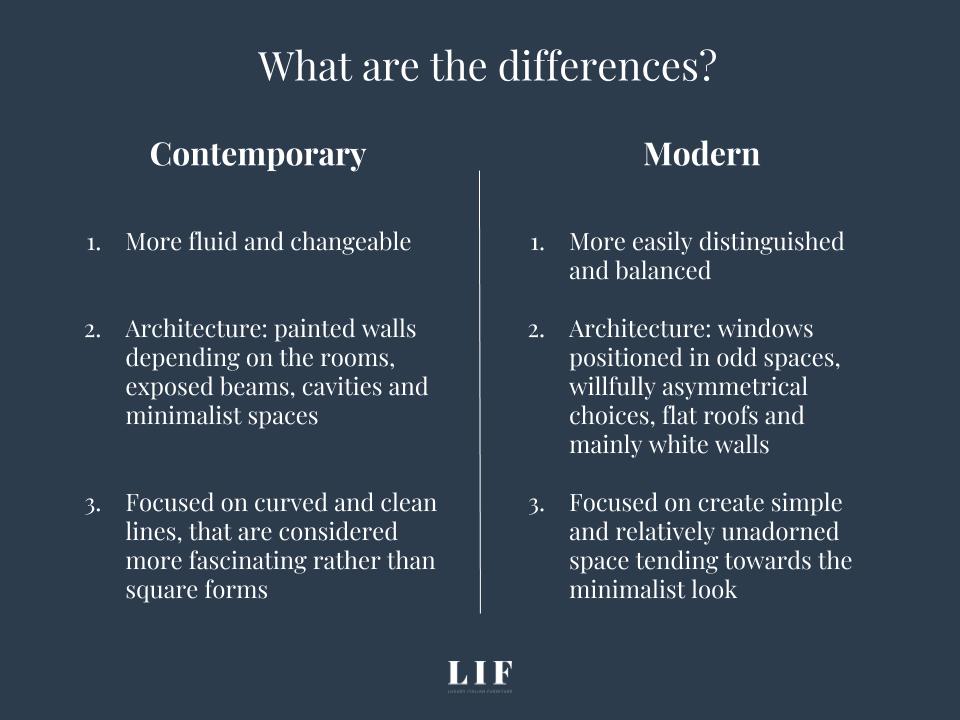
Similarities between contemporary and modern interior design
Having duly discussed the differences between contemporary and modern interior design, we should point out the similar characteristics that can create confusion in the definition of the two styles.
- Design with simple and clean lines, to create relaxing and comfortable spaces.
- Both favour a certain degree of “poverty” in decoration.
- The interior spaces are developed in an open and airy manner, without too many furniture items.

